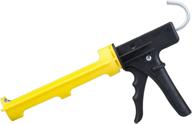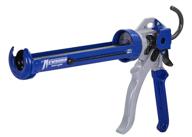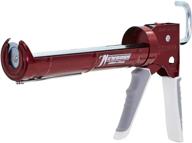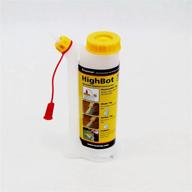
Review on 🔥 FlameGuard: Enhanced Fire Protection - Master Flame Retardant Application Gallon by Phil Casey

Causes mold on wood after 48 hours, hygroscopic
Said to inhibit mold growth in addition to being flame retardant, but I've tested the exact opposite. I sprayed it on the plywood in my van. The plywood was dry before I painted it and I figured it would dry overnight. The weather was rainy, but inside it was dry and the humidity was 60-70%. I didn't check it out until 2 days later and I saw black spots of mold/fungus on the plywood. I also sprayed some 2x2s that I let dry in the shed and they also started to mold. The parts of the tree that I didn't spray didn't get moldy. The cleanup took several hours. I sanded everything I could and erased the rest and I'm not sure I got everything. There is a piece of plastic next to where I sprayed and I noticed after 2 days it still had tiny droplets of moisture from the overspray. This material appears to be hygroscopic, drawing water out of the air, or at least preventing it from evaporating. If I had lived in Arizona instead of the rainy Northwest, this might never have been an issue. Or maybe even if it is applied and dried in a dry environment, will it later condense water if the humidity is high enough? One thing that seems to have worked so far is the foam insulation, which I painted with a 50/50 cut latex primer. with flame retardant. This was my original use - spraying the tree was an afterthought. As expected, he dramatically thinned the paint and formed a very thin layer that took a very long time to dry. It was so thin that I applied another coat, not for beauty reasons, but to make sure the streaks of color didn't leave untouched areas. If I had to do it all over again I would use a super thick primer like Zinsser Triple-Thick. UPDATE: I had to ditch the foam insulation which I had treated with a 50/50 mix of paint and flame retardant. With the humidity at 70%, small water droplets slowly appeared on the surface and my hand got wet everywhere I touched it. At 50% RH this didn't happen and the paint definitely cured and dried. The flame retardant is definitely hygroscopic. I thought I could remedy this by applying a coat of primer to the 50/50 mix, but as soon as the primer touched the 50/50 mix it stuck together and wouldn't stick. I've never seen paint do this before, and it's the same primer I used to mix with flame retardant before - it caused a little clumping, but nothing like that. I also just used this (unmixed) wood primer so I know it's good. For me, this product was a complete disaster, costing me days of rework and replacement building materials. It might work for areas where humidity stays well below 70%, but I would never use it here in the Pacific Northwest. I would never use it in an RV because even if I lived in Arizona, one day the RV could go to a humid place.
- Tested to NFPA 255, 701 and ASTM E 84 Class A
- Long lead time
New products
Comments (0)
Top products in 🎨 Coatings
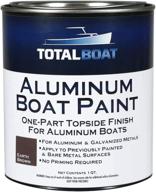
TotalBoat Aluminum Canoe Paint: Enhance Your Canoe with Quality Coating

7 Review

Rust-Oleum 318697 Rocksolid Polycuramine Garage Floor Coating, 6 Piece Set, Black

4 Review
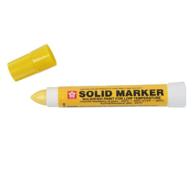
Sakura XSC T 3 Solidified Temperature Twist Up

4 Review
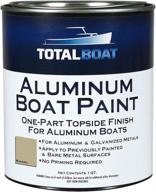
🚤 Premium TotalBoat Aluminum Boat Paint: Specially Designed for Canoes, Plus an Array of Tapes, Adhesives & Sealants

8 Review


